This casket, covered with engravings, is similar to those made in South Germany or Switzerland.
These engravings depict gallant scenes of dances and banquets. The costumes indicate the wealth of important figures surrounded by a court enjoying themselves, drinking, dancing, making music, or playing backgammon. A sort of Abbey of Thélème...
On the facade, festivities take place in a verdant setting. In the foreground, an emblematic figure appears on the right seated at a table. He is then seen in the center, on horseback, carrying a richly dressed lady of quality side-saddle, and finally on the left, dancing with what appears to be the same person. This couple bears an intriguing resemblance to Henry of Navarre and Marguerite de Valois. Dogs, a vine, a soldier, and musicians around a table complete the scene. Note a child sitting on the ground playing a drum. In the background, a boat on a pond accompanies a nude bather...
On the right side of the box, we can see a fool with a bell-shaped hat hiding behind a palm tree while a couple dances. On the left side, we see a banquet (part of the engraving already used on the front).
On the back, a very elegant fountain with a putto on the roof. On the left, gentlemen are playing at a table (a kind of backgammon), to the right of the musicians, and in the center, two figures, including a lady, dressed in clothes that we can guess are of incredible richness. The man is not to be outdone, with a large red cape and, of course, a ruff, like all the figures in these engravings. Once again, the resemblance to King Henry IV and Marguerite de Valois is entirely plausible.
The whole is in good condition except for the top of the box, where we can still make out a scene of a wild boar hunt being speared by a rider surrounded by dogs.
Inside, we discover a very beautiful domino paper. A small paper printed in Gothic script is glued to the bottom of it. It reads Hans Staden. (1525-1576) German soldier and explorer of South America in the 16th century, where he was captured. He brought back stories and drawings whose veracity may be questioned today but which nevertheless remain extraordinary.
This astonishing box is exceptional for its rarity and its preservation, a testament to the use of engraving in decoration. This process is found in certain leather boxes, and their preservation is quite uncertain.
This box is a beautiful testament to this period.

















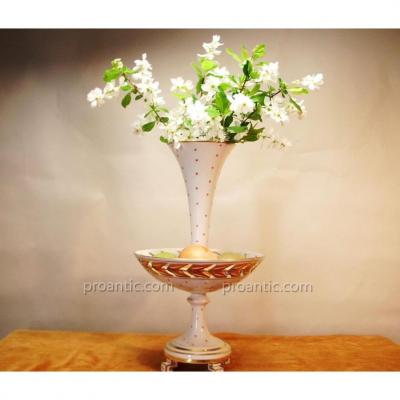
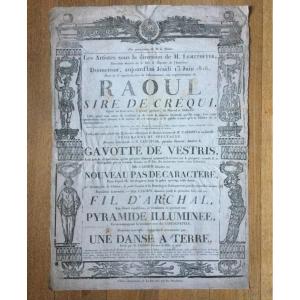
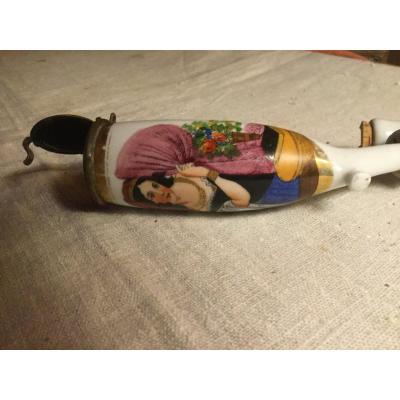
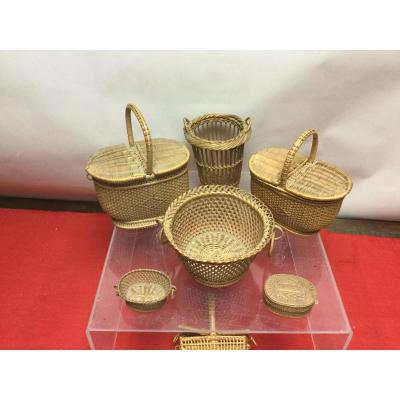

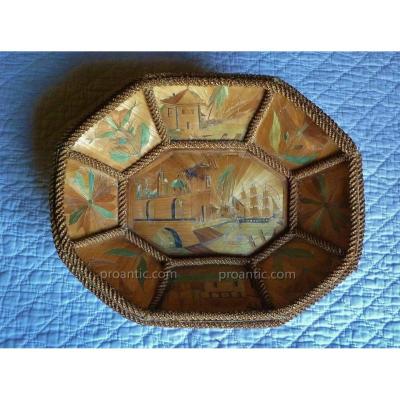

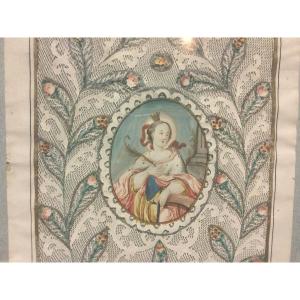



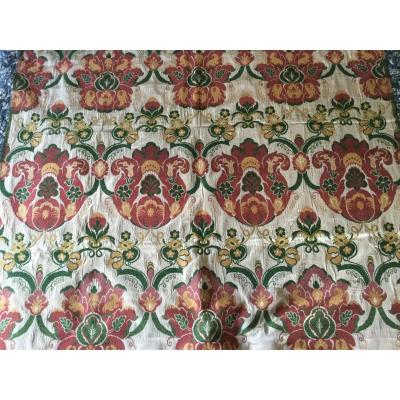
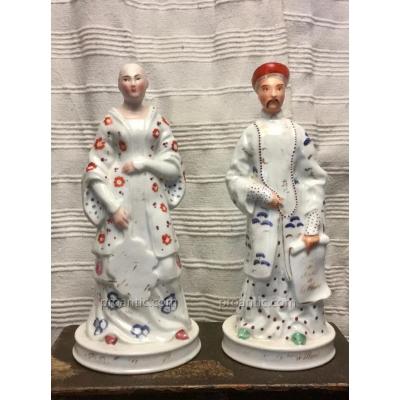


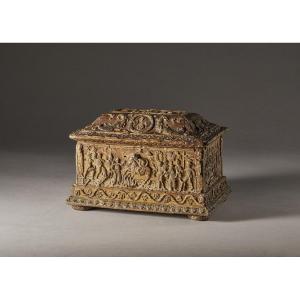
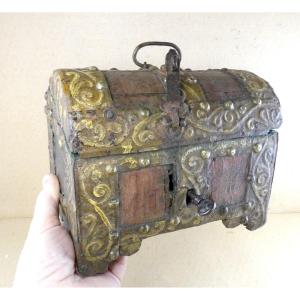
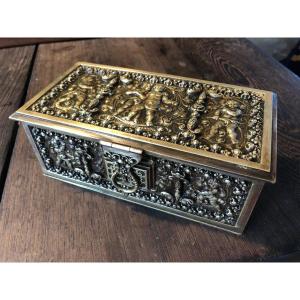





 Le Magazine de PROANTIC
Le Magazine de PROANTIC TRÉSORS Magazine
TRÉSORS Magazine Rivista Artiquariato
Rivista Artiquariato